Hiking the ancient Inca trails isn’t just about reaching Machu Picchu. There are several Inca Trail routes, each with its own unique challenges and rewards: from high mountain passes and hidden archaeological sites to short trails that allow you to experience the trail in a short amount of time.
The question is: which route to choose? In this blog, we’ll tell you what each trek is like, what challenges they face, and what you’ll see along the way, so you can discover which one best suits your trip.
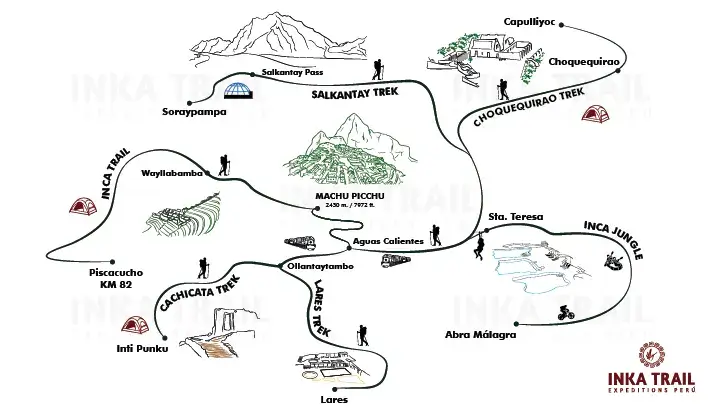
Classic Inca Trail
The classic 4-day Inca Trail is the most recognized and traveled route to Machu Picchu. It is approximately 43 km long and features sections of stone stairs built by the Incas, mountain passes, and descents into forested areas. The starting point is at kilometer 82 of the railway to Machu Picchu, near Ollantaytambo.
The first day traverses valleys and agricultural terraces, with a moderate level of difficulty. The second day is considered the most demanding, as it ascends to the Warmiwañusca Pass at 4,215 m above sea level, the highest point on the entire route. From there, the descent begins to camps located at lower elevations, which requires a good level of physical fitness.
The third day passes through archaeological sites such as Runkurakay, Sayacmarca, and Phuyupatamarca, where perfectly preserved Inca buildings can be seen. The hike includes descents down long stone stairs and landscapes that combine high mountains with the Cusco jungle.
The fourth day culminates with arrival at the Sun Gate (Inti Punku), from where you have your first glimpse of Machu Picchu. This access, exclusive to those on the Inca Trail, is one of the most valued aspects for travelers, as it allows you to enter the archaeological site on foot and in the early hours of the morning.
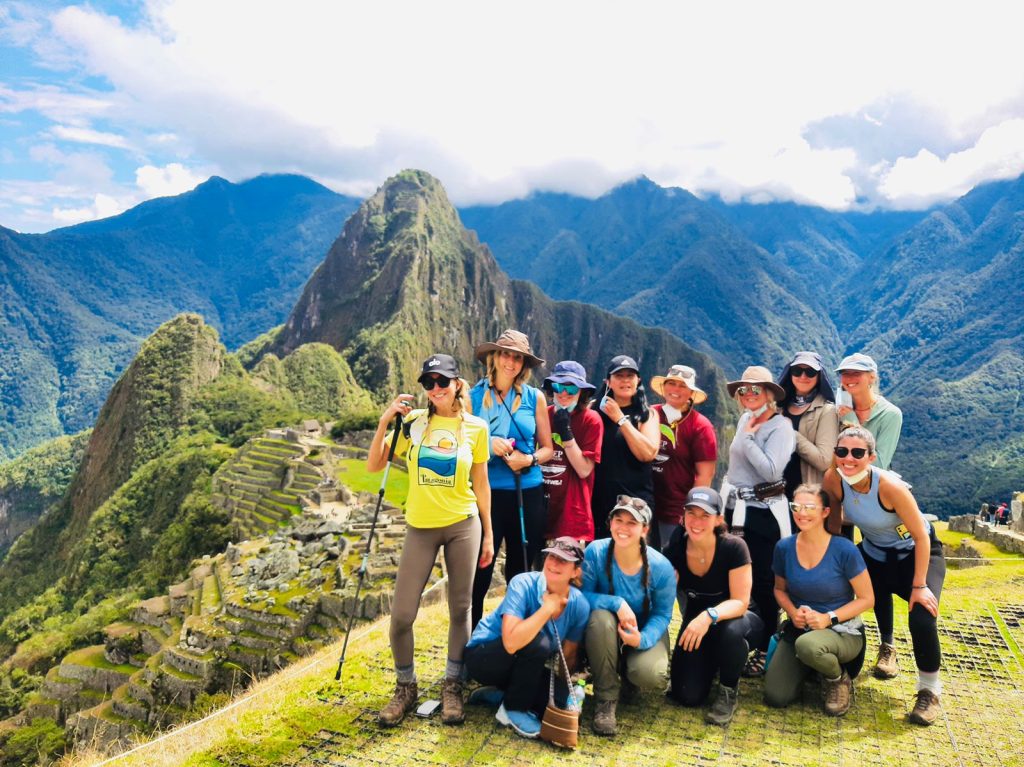
Short Inca Trail
The short Inca Trail is a less physically demanding and shorter hiking option. There are two options: the one-day and the two-day. Both follow the same route, but the difference lies in the timing of the visit to Machu Picchu.
The one-day version starts at kilometer 104 of the railway. The route is approximately 12 km, with a 6- to 7-hour hike. Along the way, you’ll pass archaeological sites such as Chachabamba and Wiñay Wayna, as well as ascending trails that require moderate endurance. You arrive directly at Machu Picchu in the afternoon.
The two-day version follows the exact same route, but with an overnight stay in Aguas Calientes (Machu Picchu Town). This allows you to visit Machu Picchu the following day, with more time and in better conditions to explore the entire archaeological complex.
The short Inca Trail is recommended for those looking to experience entering Machu Picchu through the Sun Gate, but who are short on time or prefer a less physically challenging route compared to the classic Inca Trail.
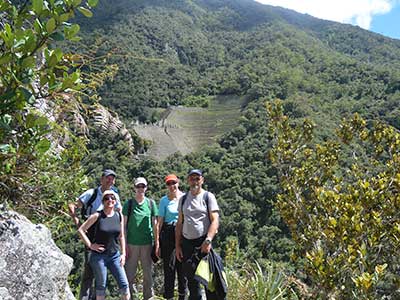
Salkantay Trek
The Salkantay Trek is the second most popular route to Machu Picchu. Its name comes from the Salkantay mountain, which at 6,271 m above sea level is one of the most impressive peaks in the Cusco region. Depending on the itinerary, it can be done in 2- to 7-day versions.
The shorter 2-day salkantay trek and 3-day salkantay trek routes mainly cover the surroundings of the Salkantay mountain, crossing puna areas, glacial lagoons like Humantay, and high-mountain landscapes. These options do not include admission to Machu Picchu, as they focus on the natural experience of the mountain range.
The 4-day salkantay trek and 5-day salkantay trek versions are the most popular, as they include the hike through the Salkantay Pass (4,650 m above sea level), descents into the high jungle, and finally the arrival in Aguas Calientes for the visit to Machu Picchu. These routes combine different ecological zones, from cold mountain areas to warm climates.
Finally, there are packages that combine Salkantay with the Inca Trail. The longest is 7 days and includes the complete experience of both routes, while the 6-day option combines Salkantay with the shorter Inca Trail. In both cases, the arrival at Machu Picchu represents the conclusion of a demanding journey of great historical and natural value.
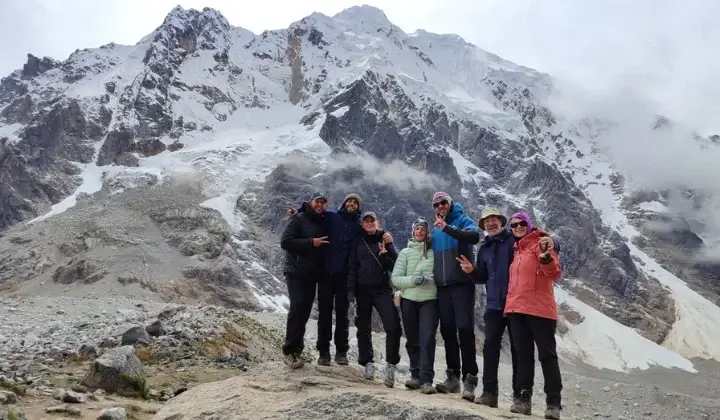
Lares Trek
The Lares Trek is one of the Inca Trail routes that connects the Lares Valley with Machu Picchu. It lasts four days and traverses high Andean communities, mountain passes, and crystalline lagoons. It combines challenging hikes at altitude with rural landscapes where ancient traditions are preserved.
The route reaches mountain passes such as the Abra Pachacutec at over 4,750 meters above sea level, from where valleys surrounded by snow-capped mountains can be seen. During the hike, you also cross glacial lagoons and pastures, which requires adequate acclimatization due to the altitude.
Unlike the Inca Trail, the Lares Trek does not focus so much on archaeological sites, but rather on contact with some Quechua communities dedicated to agriculture, weaving, and nature.
The trip ends with a train transfer from Ollantaytambo to Aguas Calientes, allowing you to dedicate the last day to a complete visit to Machu Picchu. For this reason, it’s considered a good option for those looking for a challenging mountain trek, but with fewer visitors than other routes.
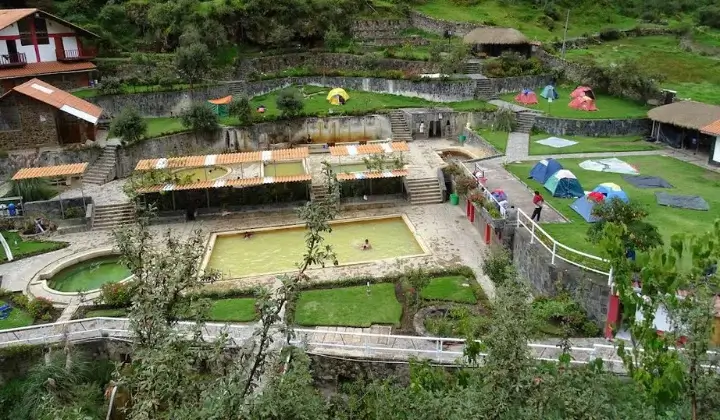
Choquequirao Trek
The Choquequirao Trek is one of the most challenging and least crowded Inca Trail routes in Cusco. The most popular is the 4-day choquequiro trek, which ends at the Choquequirao citadel, known as the “sacred sister of Machu Picchu.” It is a large archaeological complex located in the Vilcabamba mountain range.
The 4 days itinerary involves steep descents and ascents through deep canyons, such as the Apurímac River canyon. This route demands physical endurance due to the altitude changes and the steepness of the trails. However, the reward is exploring a rarely visited archaeological site, where terraces, plazas, and ceremonial sites are preserved.
There are also longer 8-day choquequirao trek and 9-day choquequirao trek versions that link Choquequirao with Machu Picchu. These routes traverse high mountain areas, cloud forests, and secondary Inca trails, allowing you to explore two of Peru’s most important archaeological sites in a single trip.
The Choquequirao Trek is recommended for travelers with experience in demanding trekking, interested in exploring remote and less crowded archaeological sites, with the possibility of culminating in Machu Picchu if a more comprehensive package is chosen.
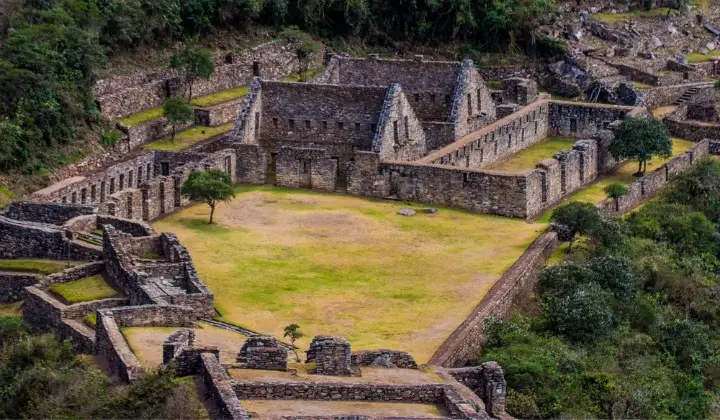
Inca Jungle Trek
The Inca Jungle is a different alternative to traditional Inca Trail routes, as it combines hiking with adventure activities. It lasts four days and features mountain biking, hiking, ziplining, and hot spring baths on the way to Machu Picchu.
The first day generally includes a bike descent from the Abra Málaga (4,350 m above sea level) to highland jungle areas, allowing you to experience different climates in just a few hours. The following days feature hikes along trails that pass through coffee and cacao plantations, as well as through lowland jungle areas.
Another unique feature of this route is the possibility of rafting, making it a more adventurous experience. The physical demands are moderate compared to other routes, making it accessible to a wider audience.
The tour culminates in Aguas Calientes, from where the final visit to Machu Picchu takes place. With its combination of nature, sports, and hiking, the Inca Jungle is a favorite option for those seeking a different, dynamic experience with fewer days of demanding trekking.
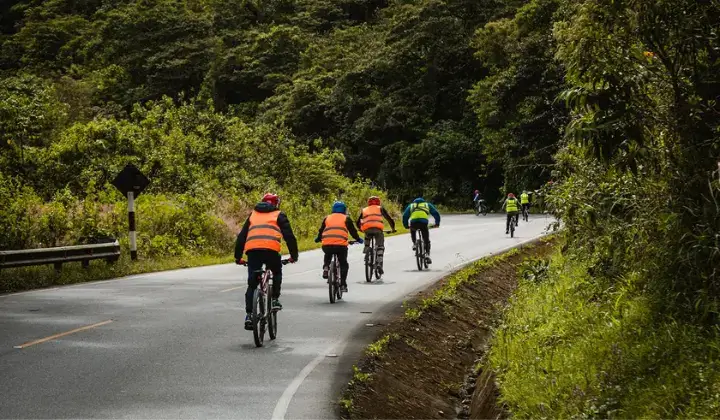
How to choose the right trekking route for you
Choosing one of the Inca Trail Routes to Machu Picchu or other archaeological destinations depends primarily on your time, physical condition, and the type of experience you’re looking for. If you’re in good physical condition and looking for a historic hike, the classic 4-day Inca Trail is the best option. However, if you have less time, the short 1- or 2-day Inca Trail offers the same experience on a smaller scale.
For those who prefer high-mountain landscapes and diverse ecosystems, the Salkantay Trek is ideal, with options from 2 to 7 days. If you’re looking for a cultural and less crowded route, the Lares Trek will allow you to live with Andean communities in the heart of the Andes.
The Choquequirao Trek is designed for the more adventurous, offering high physical demands and the opportunity to discover a rarely visited archaeological site, even combining it with Machu Picchu on longer trips. On the other hand, the Inca Jungle Trek is perfect if you want to combine hiking with adventure activities such as biking, canopy tours, and hot springs.
At InkaTrail, we’ll help you find the route that best suits your profile. Our team has experience in each of these circuits and will help you plan a safe, organized trip with all the logistical details taken care of, so your only concern is enjoying the trek.
Conclusions
Cusco’s trekking routes offer diverse experiences to suit different tastes and levels of experience. From the historic Inca Trail to cultural options like the Lares Trek, long expeditions to Choquequirao, or the Inca Jungle adventure, each option leads to unique landscapes and, in many cases, the ultimate reward of visiting Machu Picchu.
Planning your trip well is key. Factors such as altitude, available time, and physical fitness directly influence the choice of route. Furthermore, some treks, such as the Inca Trail, require limited permits, making it important to book in advance.
Working with a specialized agency like InkaTrail guarantees safety, organization, and a complete experience. Our commitment is to guide you every step of the way, from preparation to arrival at your final destination.
Frequently asked questions
Which of the 6 routes is the most popular among tourists?
The Classic Inca Trail is the most in demand, and its permits usually sell out months in advance.
Which route offers the most cultural contact with local communities?
The Lares Trek allows visits to Andean villages where ancestral traditions are still practiced.
Which route is best for those seeking extreme adventure?
The Inca Jungle stands out for combining biking, rafting, zipline, and hiking in one trip.
Which of the routes is the least crowded?
The Choquequirao trek receives very few daily visitors, making it a more isolated experience.
Do all the routes need to be booked in advance?
No. Only the Classic and Short Inca Trail require permits booked ahead. The others can usually be arranged with less notice.
Which route is the most flexible in terms of duration?
The Salkantay trek can be done in 4, 5, or more days, depending on the itinerary.
Which route is most suitable for families with children?
The 2-day Short Inca Trail is the best option because of its shorter distance and lower difficulty.
Which route best combines nature and archaeological sites?
The Classic Inca Trail balances Inca ruins with lush cloud forest landscapes.
Which route offers the most varied scenery?
The Salkantay trek takes you from glaciers to high jungle in just a few days.
Is it possible to combine more than one route in the same trip?
Yes. There are options that link, for example, Choquequirao with Machu Picchu or Salkantay with the Short Inca Trail.


